How To Make A Wireless Camera ?
To make a wireless camera, you would need a camera module with video output capabilities, a wireless transmitter module, and a power source. The camera module captures the video footage, while the wireless transmitter module sends the video signals wirelessly to a receiver. The power source provides the necessary power to both the camera and the wireless transmitter. By connecting these components together and configuring them properly, you can create a wireless camera system.
1、 Camera selection and compatibility with wireless technology
To make a wireless camera, there are a few key steps to consider. Firstly, camera selection is crucial. Look for a camera that is compatible with wireless technology, such as Wi-Fi or Bluetooth. Many modern cameras come with built-in wireless capabilities, allowing for easy connectivity and remote access.
Once you have selected a compatible camera, the next step is to set up the wireless connection. This typically involves connecting the camera to a Wi-Fi network or pairing it with a Bluetooth-enabled device. Follow the manufacturer's instructions for the specific camera model to ensure a successful connection.
After the camera is connected to the wireless network, you can access it remotely using a smartphone, tablet, or computer. This allows you to view live footage, adjust settings, and even control the camera remotely. Some cameras also offer cloud storage options, allowing you to store and access recorded footage from anywhere.
It is important to note that the latest advancements in wireless camera technology have made it easier than ever to set up and use wireless cameras. Many cameras now offer advanced features such as motion detection, night vision, and two-way audio, enhancing the overall security and functionality of the camera.
In conclusion, making a wireless camera involves selecting a camera that is compatible with wireless technology and setting up the wireless connection. The latest advancements in wireless camera technology have made it more convenient and user-friendly, offering a range of features to enhance security and functionality.

2、 Wireless transmission methods and signal range considerations
To make a wireless camera, you need to consider both the wireless transmission methods and signal range considerations.
Firstly, you need to choose a suitable wireless transmission method. There are several options available, including Wi-Fi, Bluetooth, and RF (Radio Frequency). Wi-Fi is a popular choice as it offers high-speed data transmission and a wide signal range. Bluetooth is another option, but it has a shorter range and lower data transfer rate compared to Wi-Fi. RF is commonly used for long-range wireless transmission, but it may have lower data transfer rates.
Once you have chosen the wireless transmission method, you need to consider the signal range. The signal range is the maximum distance over which the camera can transmit the video signal wirelessly. Factors such as obstacles, interference, and the power of the wireless transmitter can affect the signal range. To ensure a reliable signal, it is important to place the camera and the receiver within the specified signal range.
In recent years, advancements in wireless technology have led to improvements in signal range and reliability. For example, the introduction of Wi-Fi 6 (802.11ax) offers higher data transfer rates and improved performance in crowded environments. Additionally, the use of multiple antennas and beamforming techniques can enhance the signal range and reduce interference.
It is also worth noting that wireless cameras often come with built-in features such as encryption and authentication to ensure the security of the transmitted video. These security measures help protect against unauthorized access and ensure the privacy of the camera feed.
In conclusion, making a wireless camera involves selecting a suitable wireless transmission method and considering signal range considerations. Advancements in wireless technology have improved signal range and reliability, offering better performance for wireless cameras.
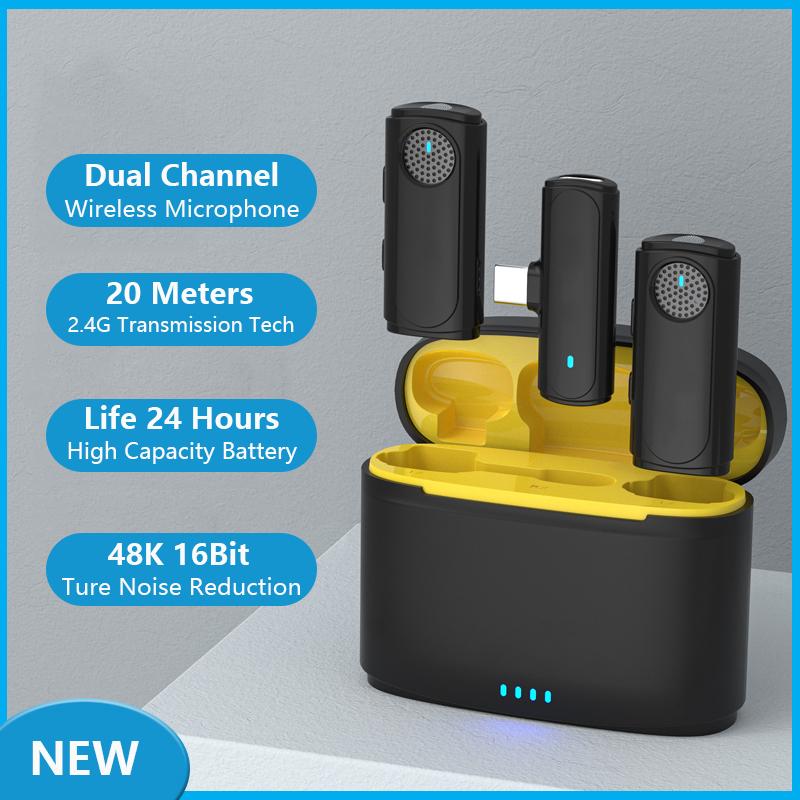
3、 Power source and battery life for wireless camera operation
To make a wireless camera, you will need a few essential components and follow some steps. Here's a general guide on how to make a wireless camera:
1. Select a camera: Choose a camera that suits your needs, whether it's a digital camera or a smartphone camera. Ensure it has good image quality and the necessary features for wireless connectivity.
2. Wireless transmitter: Purchase a wireless transmitter that is compatible with your camera. This device will transmit the camera's video feed wirelessly to a receiver or a connected device.
3. Power source: Determine the power source for your wireless camera. You can use either a battery or a power adapter. If you opt for a battery, ensure it has sufficient capacity to support the camera's operation for the desired duration.
4. Connect the transmitter: Connect the wireless transmitter to your camera. This usually involves attaching it to the camera's hot shoe or connecting it via a cable.
5. Set up the receiver: Set up the receiver on the device you want to view the camera feed on. This can be a computer, smartphone, or a dedicated monitor. Ensure the receiver is compatible with the wireless transmitter.
6. Test and adjust: Once everything is connected, test the wireless camera setup to ensure it is working correctly. Adjust the settings as needed to optimize the video quality and transmission range.
Regarding the power source and battery life for wireless camera operation, advancements in battery technology have significantly improved the battery life of wireless cameras. Lithium-ion batteries are commonly used due to their high energy density and longer lifespan. Additionally, power-saving features such as sleep mode and motion detection can help conserve battery life.
To extend battery life, consider the following tips:
1. Optimize camera settings: Adjust the camera settings to minimize power consumption. Lowering the screen brightness, disabling unnecessary features, and reducing video resolution can help conserve battery life.
2. Use power-saving modes: Many wireless cameras offer power-saving modes that automatically turn off the camera or reduce power consumption when not in use. Utilize these modes to extend battery life.
3. Choose a high-capacity battery: Select a battery with a higher capacity to ensure longer operation time. Consider purchasing spare batteries to swap out when needed.
4. Solar or external power source: If the wireless camera is installed in a location with access to sunlight, consider using a solar panel to charge the battery. Alternatively, you can connect the camera to an external power source for continuous operation.
Remember to check the specific power requirements and recommendations provided by the camera manufacturer for optimal performance and battery life.

4、 Setting up a wireless network for camera connectivity
Setting up a wireless network for camera connectivity is a popular choice for many individuals and businesses looking to enhance their security or surveillance systems. With advancements in technology, wireless cameras have become more accessible and easier to set up than ever before. Here's a step-by-step guide on how to make a wireless camera:
1. Choose the right camera: Start by selecting a wireless camera that suits your needs. Consider factors such as resolution, field of view, night vision capabilities, and weather resistance.
2. Install the camera: Follow the manufacturer's instructions to mount the camera in the desired location. Ensure it is positioned correctly for optimal coverage.
3. Connect the camera to power: Wireless cameras still require a power source, so connect the camera to a power outlet or use a battery-powered option if available.
4. Set up a wireless network: To connect the camera wirelessly, you'll need a wireless network. If you already have a Wi-Fi network in place, skip to the next step. Otherwise, set up a wireless router and configure it according to the manufacturer's instructions.
5. Connect the camera to the network: Use the camera's software or mobile app to connect it to your wireless network. Follow the provided instructions to establish a secure connection.
6. Test the camera: Once connected, test the camera's functionality by accessing the live feed on a computer or mobile device. Adjust settings as needed for optimal performance.
7. Secure your network: To protect your wireless camera from unauthorized access, ensure your network is secure. Use strong passwords, enable encryption, and regularly update your router's firmware.
It's worth noting that the latest point of view in wireless camera technology includes features like motion detection, two-way audio, cloud storage, and integration with smart home systems. These advancements provide enhanced security and convenience for users.











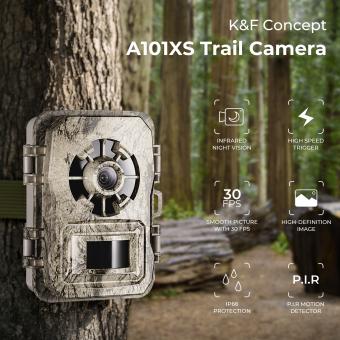

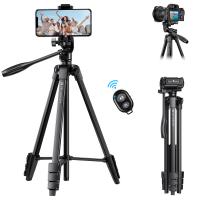
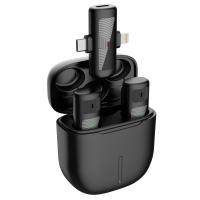


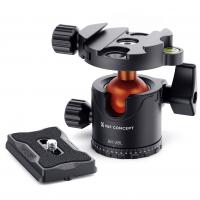
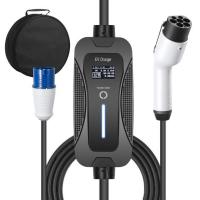

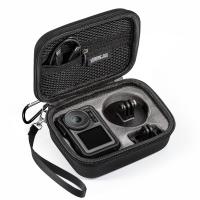


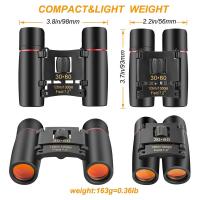
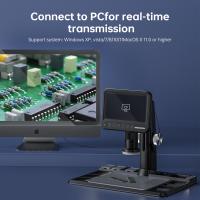
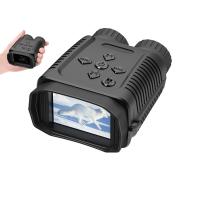


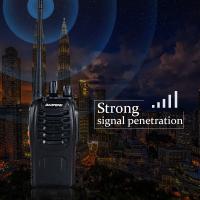


There are no comments for this blog.